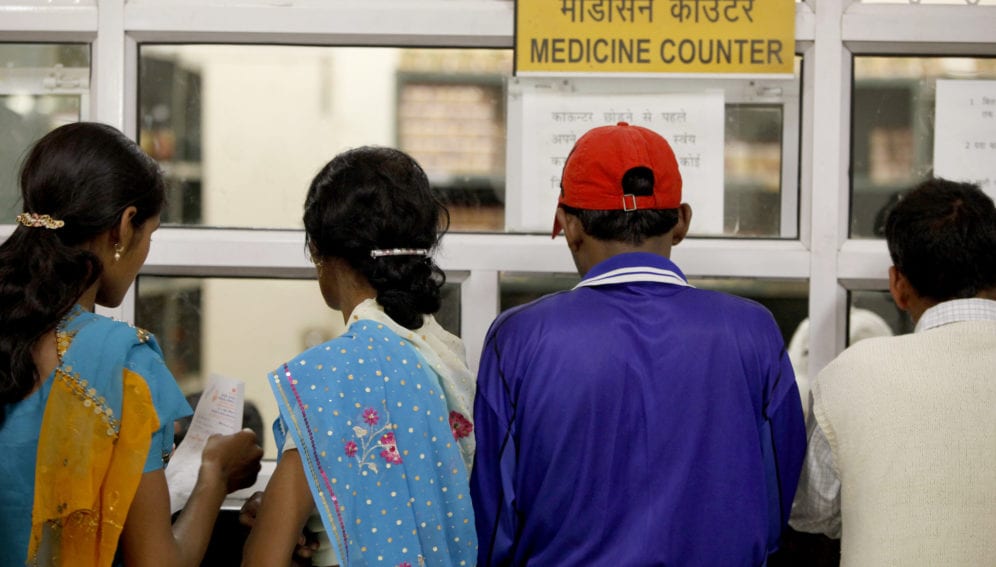By: M. Sreelata
Send to a friend
The details you provide on this page will not be used to send unsolicited email, and will not be sold to a 3rd party. See privacy policy.
[NEW DELHI] Cardiovascular medicines can be a major financial burden for millions of people living in India and other low- or middle-income countries, according to a new study.
The study, carried out in India by researchers from the University of Chicago and published May in PLOS ONE, found that buying cardiovascular medications could have the effect of increasing poverty figures by 2—3 per cent.
Kiran Raj Pandey, lead author of the study, tells SciDev.Net: “The most shocking finding was that 17 million rural and 10 million urban people would be impoverished just because they took drugs they needed. For cardiovascular medications alone to cause this amount of financial burden is a very significant.”
To estimate the effect of buying cardiovascular medicines on poverty in low- and middle-income populations, the researchers created stepped treatment regimens starting with aspirin and moving on to hydrochlorothiazide, losartan and finally atorvastatin.
Daily costs, depending on drug regimen, could go all the way to US$ 0.46, the study found. Considering that the poverty threshold in India in 2014 was US$ 0.48 for rural India and US$ 0.71 for urban India, any health expenditure would have been beyond the reach of 31 per cent of rural population and 27 per cent of urban population.
They study calculates that buying a primary prevention regimen of an aspirin and the anti-hypertensive hydrochlorothiazide would increase gross poverty ratios to 34 per cent and 28 per cent of rural and urban people respectively.“There is hope and expectation that policy makers in South Asia take note of these findings and realise that medications are a huge financial burden for patients in South Asia,” Pandey says.
“Including medications under the national health insurance scheme may be one way of doing it, but we expect the ideal solution to be multi-pronged,” Pandey says. “Prescription coverage under insurance may be one way to do it — subsidies for medications may be another,” he says.
Vandana Prasad of the non-governmental organisation People’s Health Movement, India, says: “This is a very serious issue. Obesity is massively on the rise even in low-income countries like India, with attendant chronic diseases including diabetes and cardiovascular diseases that require medication.”
“There have been some gains in public health systems in India which cannot be sustained or built upon within the current abysmally low financial investment,” Prasad says. “Simultaneously, the private sector has to be reined in and made to follow a tighter regulatory framework.”














